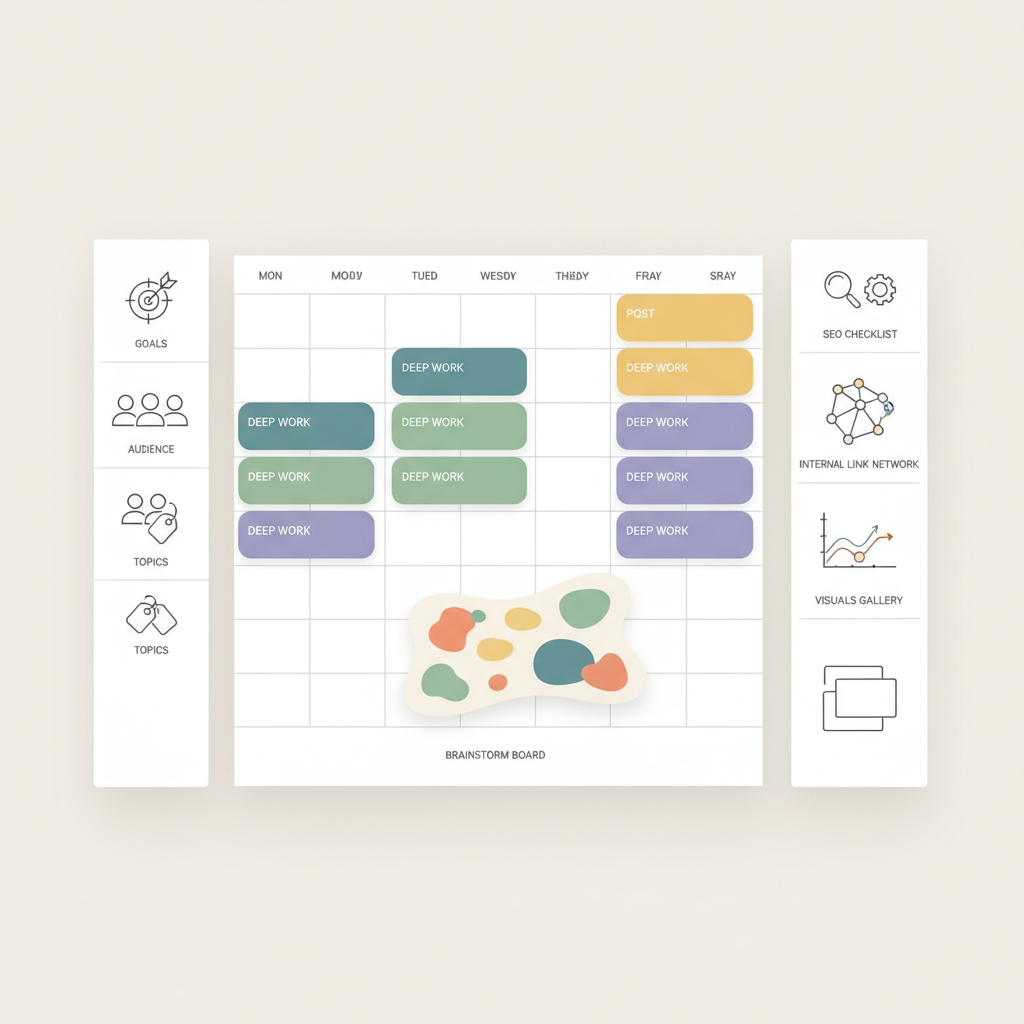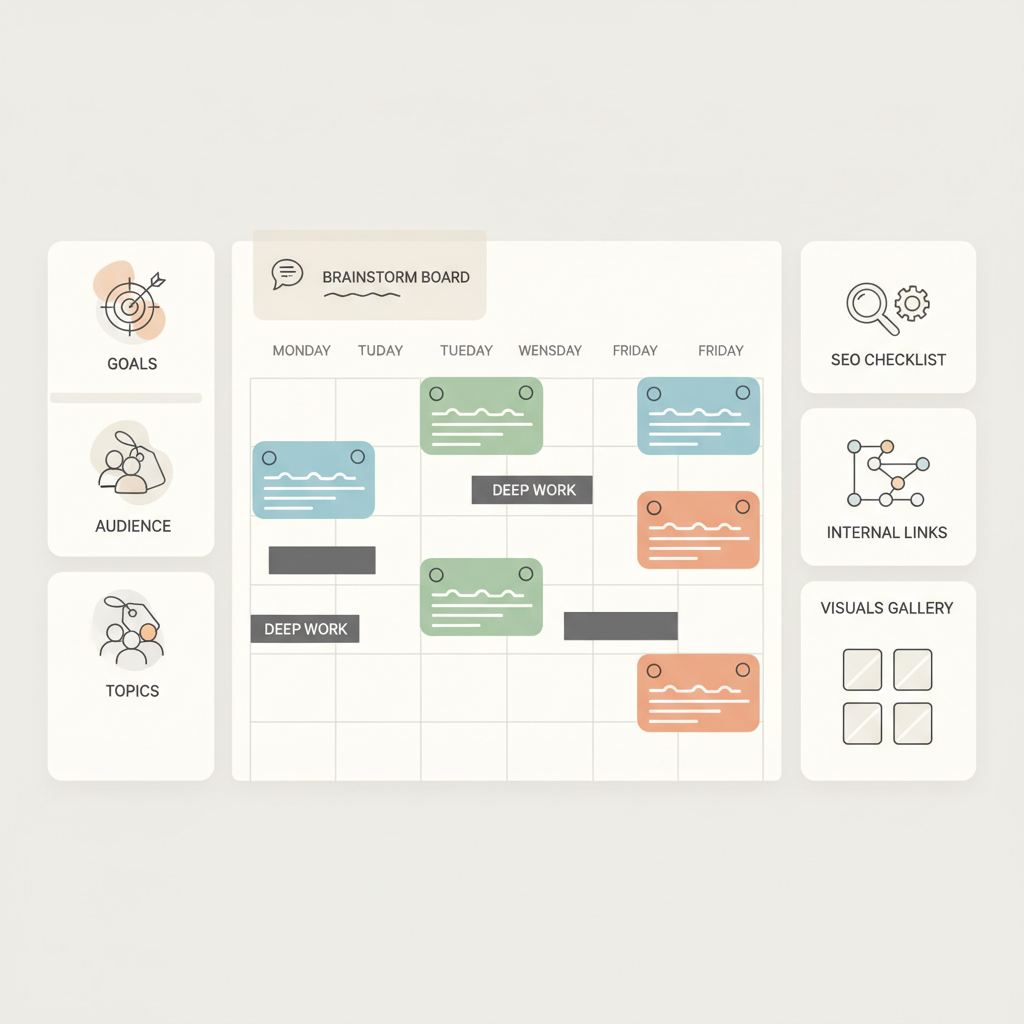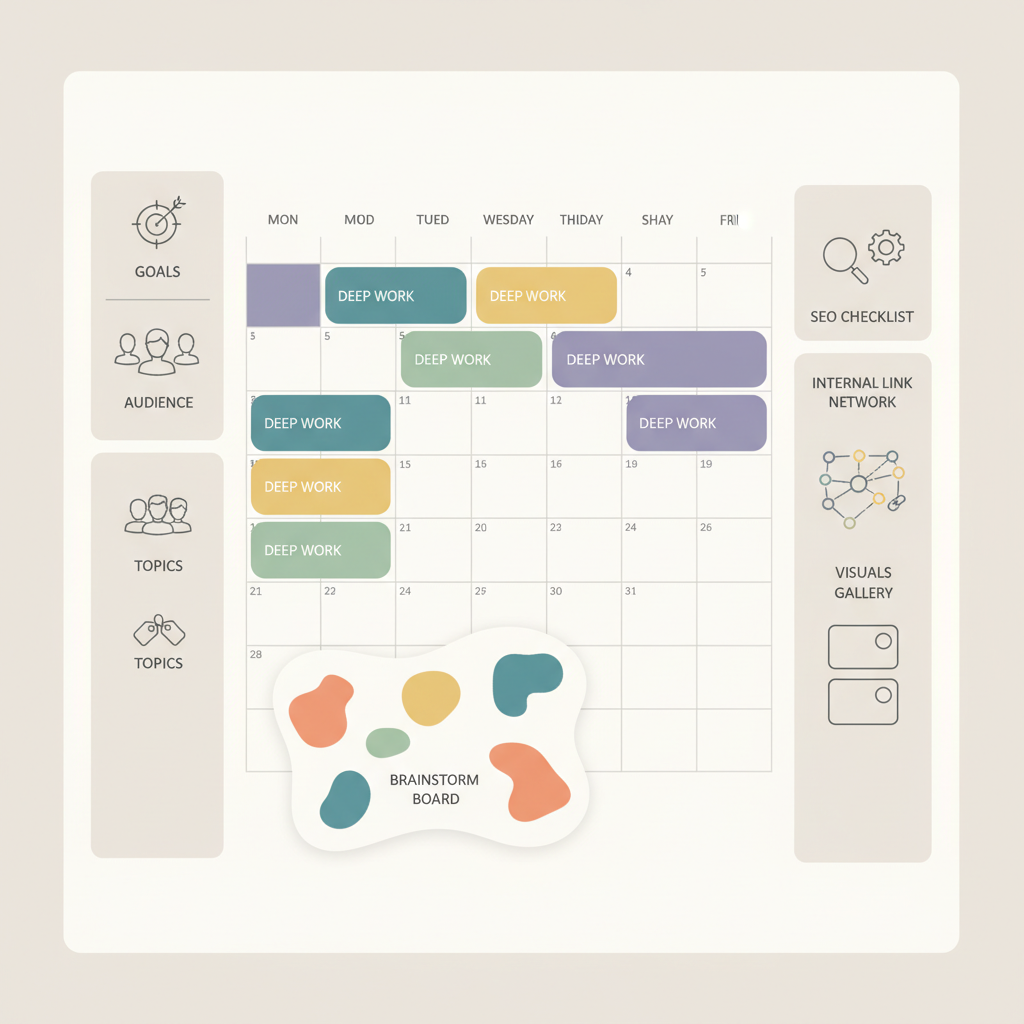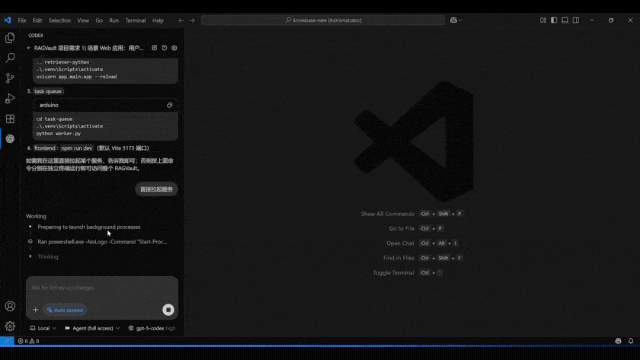how to plan your week of blog posts for maximum engagement
Learn to plan a week of blog posts that drive engagement by setting SMART goals, choosing core topics, batching headlines, optimizing SEO, and promoting strateg

How to Plan Your Week of Blog Posts for Maximum Engagement
Planning your week post strategy is both an art and a repeatable system. By aligning topics, scheduling, and promotion with your audience’s preferences, you can transform a basic content calendar into a traffic and engagement powerhouse. In this practical guide, you’ll discover how to set measurable goals, choose high-impact topics, batch ideas efficiently, schedule deep work, optimize for SEO, integrate effective visuals, promote strategically, and refine your approach week after week.

Whether you publish three or five posts each week, this proven framework will help your week post plan build brand authority, increase visibility, and serve your audience with consistent quality.
---
Define Your Weekly Content Goals and Audience Preferences
Start with clear outcomes. Decide what your week post should deliver in tangible terms and define success using KPIs relevant to your business model.
- Traffic goals: sessions, unique visitors
- Engagement goals: time on page, scroll depth, comments
- Conversion goals: newsletter signups, demo requests, downloads
- SEO goals: impressions, clicks, average position, featured snippets
- Community goals: social shares, backlinks, brand mentions
Understand your readers. Document 2–3 primary personas and their search intent, mapping their challenges to content types and CTAs so each post has a defined purpose.
| Persona | Primary Intent | Content Type | Desired Outcome (CTA) |
|---|---|---|---|
| Creator | How-to guidance | Tutorials, checklists | Subscribe to newsletter |
| Marketer | Strategy and frameworks | Case studies, playbooks | Download template |
| Founder | Decision-making insights | Opinion pieces, ROI guides | Book demo/consultation |
Set weekly targets using the SMART framework:
- Specific: “Publish 4 posts targeting beginner SEO topics”
- Measurable: “Reach 4,000 sessions and 3% signup rate”
- Achievable: “Outline all posts by Tuesday”
- Relevant: “Focus on organic growth channels”
- Time-bound: “Wrap promotion by Sunday”
---
Choose 3–5 Core Topics Aligned with Your Niche
Select 3–5 core themes that anchor your week and ladder up to your content pillars. This prevents duplication and supports strong internal linking.
- Evergreen pillar topics: foundational tutorials or definitions
- Timely topics: trend analysis or news commentary
- Product-led content: feature explainers or use cases
- Thought leadership: predictions, industry insights
- Community content: interviews, roundups, quotes

Steps to select topics:
- Audit existing content for gaps and underperformance.
- Pull keyword ideas from GSC and SEO tools.
- Map topics to funnel stages.
- Validate via polls or social tests.
- Prioritize based on impact and effort.
Aim for a mix such as one pillar article, two tutorials, and one opinion or case study in each week post cycle.
---
Batch Brainstorm Headlines and Draft Post Outlines
Batch ideation boosts efficiency and quality. In a single session, brainstorm 10–15 headline variations per topic using proven formulas:
- “How to [achieve result] without [common pain]”
- “The [number] mistakes every [role] makes in [topic]”
- “[Year] Guide to [topic]: Strategies, Tools, and Templates”
- “[Topic] Explained: Definitions, Examples, Best Practices”
- “[Number] Ways to [benefit] Using [tool/process]”
Draft skeletal outlines to define the narrative flow, sections, and CTAs.
## Week Post Outline Template
Title: How to Plan Your Week of Blog Posts for Maximum Engagement
Primary Keyword: week post
Secondary Keywords: content calendar, blog schedule, deep work, SEO optimization
Target Audience: Marketers, creators, founders
Angle: Practical workflow with templates and examples
Estimated Length: 1,400–1,800 words
CTA: Download the weekly content plannerSave headlines and outlines in a central workspace (Notion, Airtable) to speed the rest of your week post development.
---
Schedule Writing Blocks for Deep Work
Consistency comes from focused time management. Structure your calendar for deep work around energy peaks.
- Timebox 60–120 minute blocks protected from meetings.
- Group similar tasks: research, drafting, editing, graphics.
- Schedule heavy cognitive tasks when energy is highest.
- Use buffers to avoid spillover.
| Day | Morning | Midday | Afternoon | End of Day |
|---|---|---|---|---|
| Mon | Research topics | Outline all posts | Headlines & briefs | Keyword mapping |
| Tue | Draft Post #1 | Edit Post #1 | Draft Post #2 | Images for #1–#2 |
| Wed | Draft Post #3 | Edit Post #3 | Draft Post #4 | Images for #3–#4 |
| Thu | SEO optimization | Internal linking | Publish #1–#2 | Social snippets |
| Fri | Publish #3–#4 | Email newsletter | Analytics setup | Retro & next-week plan |

---
Optimize for SEO with Keywords, Meta, and Internal Links
Map each post’s primary and secondary keywords. Write compelling meta descriptions and use internal linking to strengthen authority.
Checklist:
- Primary keyword in title early
- Secondary keywords in headings
- Natural placement in intro and conclusion
- Semantic variations in body
- Keyword-rich alt text
Example meta tags:
How to Plan Your Week of Blog Posts for Maximum Engagement
Build reciprocal links between pillar and cluster posts, adding “Further reading” sections to extend engagement.
---
Integrate Visuals and Interactive Elements
Plan media that enhances clarity and shareability:
- Screenshots, diagrams, GIFs, charts, polls
- Descriptive alt text with keywords
- Compress images for speed
- Consistent brand style and captions
Tools: Canva, Loom, Google Sheets for charts, embedded social posts for proof.
Make visuals part of your pre-draft outline so they align with key points.
---
Promote with Platform-Specific Social Snippets
Prepare snippets tailored for each channel before publishing:
- Twitter/X: short hooks with 1–2 hashtags
- LinkedIn: narrative format, micro-CTA
- Instagram: carousel recaps, link in bio
- Threads: conversational breakdowns
- TikTok: 30–60s teaser clips
## Social Snippet Template (Twitter)
Hook: Planning your week post? Don’t wing it.
Body: Set goals, pick topics, batch headlines, protect deep work blocks.
CTA: Framework + templates 👉 [link]Adopt a rhythm: launch day post, follow-up 24–48 hours later, recap at week’s end.
---
Analyze and Adjust Weekly
Use analytics tools to compare and refine:
- GA4 for engagement
- Search Console for search metrics
- Social platform insights
- Heatmaps for behavior
| Post | Sessions | Avg Time | Signup Rate | Top Keyword Position | Social Shares |
|---|---|---|---|---|---|
| Pillar: Week Post Planning | 2,100 | 3:42 | 3.4% | #8 | 120 |
| Tutorial: Deep Work Schedule | 1,400 | 4:05 | 2.7% | #15 | 85 |
| Case Study: Topic Cluster Results | 900 | 5:11 | 5.2% | #22 | 60 |
| Opinion: Trend Analysis | 1,050 | 2:31 | 1.8% | #30 | 140 |
---
Final Thoughts
An effective week post plan blends structure with adaptability. By defining audience-specific goals, selecting aligned topics, batching ideation, protecting deep work time, optimizing for SEO, adding high-value visuals, promoting strategically, and learning from the data, you create a reliable publication rhythm that compounds results.
Start with one cycle of this workflow, review the metrics, then iterate. Ready to streamline your weekly blog planning? Implement this framework today and watch your engagement grow.



